Geoff Hewitt, Christos Vassilicos0521838991, 9780521838993
Table of contents :
Cover……Page 1
Half-title……Page 3
Title……Page 5
Copyright……Page 6
Contents……Page 7
1 Background……Page 8
3 Structure of the volume……Page 10
2 Developments in the understanding and modelling of turbulence……Page 12
1 Introduction……Page 14
2 Origins……Page 18
3 New measurements and simulations……Page 22
4.1 Dynamics……Page 28
4.2 Kinematics and statistics of eddy structures……Page 33
5 Simulations and models of the full flow field……Page 35
6 Concluding remarks……Page 44
References……Page 46
1 Introduction……Page 57
2.1 Origin and form……Page 58
2.2 Shortcomings of the model–high Reynolds number form……Page 60
2.3 Handling the near-wall sublayer……Page 64
2.4.1 Vertical flows near heated walls……Page 70
2.4.2 Other buoyancy-modified flows……Page 74
3.1 Introduction……Page 76
3.2.1 The Basic Model in free shear flows……Page 79
3.2.2 Simplified second-moment closures for buoyant flows……Page 83
3.3 Remarks on wall-reflection effects……Page 87
3.4 A non-linear connection between stress and deformation……Page 90
4.1 Introduction……Page 93
4.2 TCL closure of the second-moment equations……Page 94
4.3 Some applications of the TCL Model……Page 98
4.4 Diffusive transport in stably-stratified flows……Page 104
4.5.1 DNS and LES treatments……Page 108
4.5.2 Unsteady RANS approach……Page 109
4.5.3 Two-scale modelling……Page 111
5 Overall conclusions and recommendations……Page 113
A: Computing the Reynolds stresses……Page 115
B: Computing the scalar flux and variance (free shear flow form)……Page 116
Appendix 2 Models for the TCL pressure correlations……Page 117
A3.1 The triple-moment equations……Page 118
A3.1.1 Equation for triple-velocity………Page 119
A3.1.3 Equation for the scalar variance diffusion,………Page 120
A3.2.1 Dissipation………Page 121
A3.2.2 Pressure correlations………Page 122
A3.2.3 Diffusion………Page 123
A3.3 An algebraic solution for the triple moments……Page 124
Nomenclature……Page 126
References……Page 127
1 Introduction……Page 135
2 The governing equations……Page 136
3 Non-premixed combustion……Page 141
3.1.2 The laminar flamelet approach……Page 142
3.2 Chemistry-turbulence interactions: the presumed-shape pdf method……Page 143
3.2.1 Nitric oxide formation……Page 145
4.1 Introduction……Page 146
4.2 Spalding’s eddy break-up (EBU) model……Page 148
4.3 The premixed flame model of Bray and Moss……Page 150
4.4 Further developments in premixed flame theory……Page 154
5 Partially premixed, premixed and non-premixed combustion……Page 160
5.1.1 The governing equations……Page 161
6 Conclusions……Page 163
References……Page 165
Abstract……Page 170
1 Introduction……Page 171
2.1 Reynolds number effects……Page 177
2.2 Roughness effects……Page 180
3 Types of distortion……Page 181
3.1 Extra rates of strain……Page 183
3.2 Changes in surface roughness……Page 185
3.4 Changes in flow species–separation and reattachment……Page 187
3.5 Free-stream turbulence……Page 188
3.6 Shock-boundary-layer interaction……Page 191
3.7 Vortical flows……Page 192
4.1.1 Modelling of the dissipation equation……Page 193
4.1.3 Zonal modelling……Page 194
4.2 LES……Page 195
5 The application challenges……Page 197
5.1 Vortical flows……Page 198
5.2 Transition……Page 200
5.4 Change of species……Page 202
5.5 Determination of zone dependencies……Page 204
6 Conclusions……Page 205
References……Page 207
6.1 Introduction……Page 214
6.2 Direct numerical simulation……Page 215
6.2.1 Turbulence scales and resolution requirements……Page 216
6.2.2 Validation procedures……Page 219
6.2.3 Post-processing DNS data……Page 220
6.2.4 Recent progress……Page 221
6.3.1 The Smagorinsky model……Page 224
6.3.2 Dynamic modelling……Page 227
6.3.3 Mixed models……Page 229
6.3.4 Numerical errors in LES and guidelines for application……Page 230
6.3.5 Algorithmic approaches to LES……Page 231
6.3.6 LES/RANS hybrids……Page 233
6.4.1 LES test case studies……Page 234
6.4.2 Compressible flows……Page 235
6.4.3 Aeroacoustics……Page 236
6.4.4 Concluding remarks……Page 238
References……Page 239
1 Introduction……Page 243
2.1 Turbulence modelling……Page 245
2.2 Flow in coiled tubes……Page 248
2.3 Horizontal annular flow……Page 253
2.4 Disturbance waves in annular flow……Page 256
3.2.1 Particles in turbulent structures……Page 260
3.2.2 Particle–wall interaction and near wall behaviour……Page 262
3.3.1 Application of random walk models……Page 263
3.3.2 Application of two-fluid models and other Eulerian models……Page 264
3.3.3 PDF approach to modelling turbulent dispersed flows……Page 265
3.4 Computational methods……Page 267
3.5 Example of multi-fluid modelling for dispersed flows……Page 268
3.6 Dispersed phase element tracking……Page 272
4 Modelling of systems with deformable interfaces……Page 273
4.1 Multi-fluid modelling of separated flows……Page 274
4.2 Direct prediction of systems with deformable interfaces: survey of methods……Page 275
4.3 Examples of direct predictions of flows with deformable interfaces……Page 278
5 Overview……Page 291
References……Page 292
1 Problems of modelling turbulent flows……Page 298
2.1 Statistical aspects and governing equations……Page 302
2.2 Physical concepts and modelling approximations……Page 307
2.3 Local (mixing length) models……Page 310
2.4.1 General assumptions……Page 316
2.4.2 EVM models……Page 317
2.4.3 Reynolds stress transport models……Page 323
3.1 Outline concept……Page 327
3.2 Proposed ‘localness’ guideline map……Page 328
3.3 Mapping the characteristics of the main types of turbulent flows……Page 331
4.1 Modifications on one’point model for ‘difficult’ flows……Page 335
4.2 Possible alternative approaches using multi-point models and simulations……Page 340
5.1 Summary of ‘guiding’ principles……Page 342
Appendix……Page 343
Nomenclature……Page 344
References……Page 346
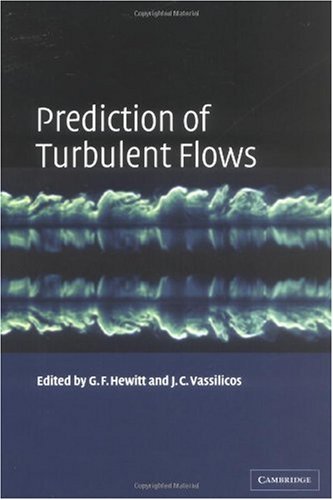

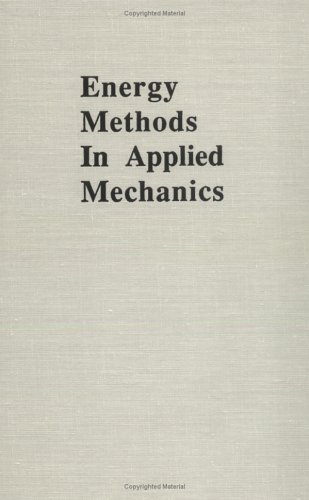
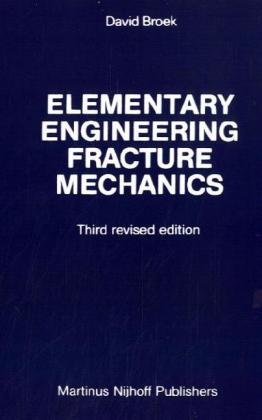
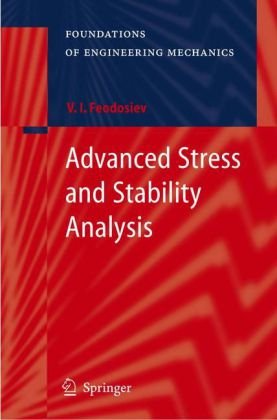
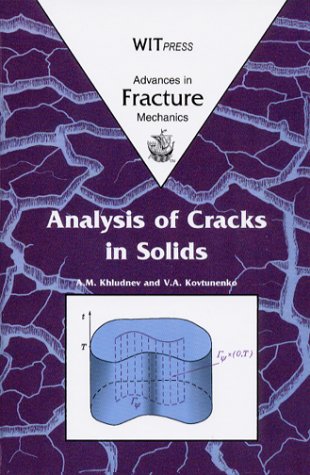
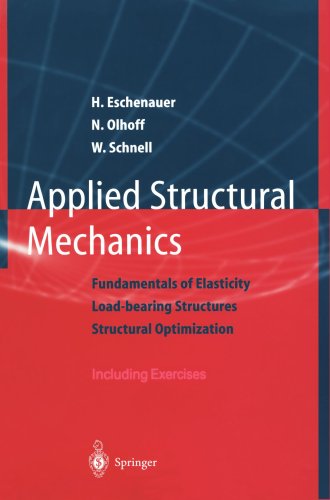
Reviews
There are no reviews yet.